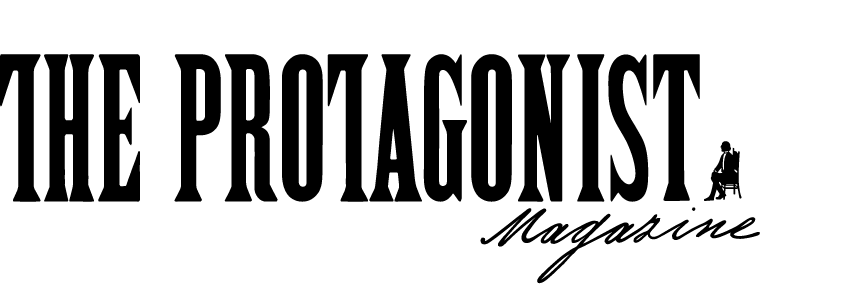Discarded Ropes and a Fibrous Forest of “Abakans”
Magdalena Abakanowicz, Abakan zotty (Abakan Yellow), 1970, sisal and rope. Photograph: Birgitta Huse
“ I am interested in the feeling when confronted by the woven object.”
“I am interested in the emotion and waving of the woven surfaces ... constructing an environment from my forms.”
Discarded Ropes and a Fibrous Forest of “Abakans”
Magdalena Abakanowicz at Tate Modern
★★★★★
WRITTEN BY DR BIRGITTA HUSE, 24.11.2022
She used discarded ropes she found along the Vistula River in Poland for making her art, born out of a shortage of material. The first thing that came to my mind when reading about this while visiting the new exhibition “Every Tangle of Thread and Rope” at Tate Modern was that Magdalena Abakanowicz (1930 – 2017) probably would have been mudlarking at the Thames foreshore if she would have lived in London, and not in Poland. In 1971 the artist states: “I am interested in every tangle of thread and rope and every possibility of transformation.”
This Tate Modern exhibition opens “the Abakanowicz world” with initial artworks by the polish artist. Rectangular painted cotton, painted paper collages and charcoal drawings give an overview of materials and techniques Abakanowicz experimented with. Multimedia weaving pieces made of sisal, cotton, wool, false silk and horsehair prepare us for what is to come later. A special glimpse at the “interior design” of her studio is offered. The artist surrounded herself with objects which inspired her – such as a showcase with cow horns. A point of transition is reached during the exhibition visit when we pass an animal head-like mask when entering another room.
Magdalena Abakanowicz, A fibrous forest of “Abakans”. Photograph: Birgitta Huse
Magdalena Abakanowicz, “Abakan étroit” 1967/68, sisal and wool. Photograph: Birgitta Huse
First, we are gifted with a surprise when reading the explanatory sign which accompanies the animal head-like mask. I will not spoil the surprise here… We are more attentive now and somehow feel ready to reflect upon our feelings when confronting the so-called “Abakan”. Abakanowicz’s artworks became known in relation to her surname from 1964 onwards as her works were unprecedented, a weaving “out of form”, and as such challenged the definitions of sculpture that existed then. The artist began to make her first fully three-dimensional forms in 1967. “Abakan étroit” from 1967/68 is one of her earliest free-standing works. In difference to the (rectangular) weavings we saw hanging on the wall in the exhibition rooms so far, we now enter a walkable fibrous forest of “Abakans”. Textile and multi-layered, three-dimensional and over dimensional sculptures are hanging on hooks, actually reminding me of clothes on hangers. Some of them continue to meander onto the floor. Some look like fashionable capes with openings on each side for the hands to be able to reach out. The smell of sisal is present in the room. We remember the feeling of touching rough sisal. Abakanowicz used to design special installations for each individual exhibition space. At Tate Modern we witness a thoughtful installation which aims to resemble the artists ideas.
It is said about music that it is not the notes which make the music, rather it is the spaces left empty, the quiet, which are responsible for the music. I think this applies to Abakanowicz’s woven surfaces: The space left empty provokes emotion in the viewer. Tree trunk-like figures, hollow but mostly with a “secret inner life” in form of hidden and varied rope constructions absorb our interest as we delve into them in order to discover more. Every step we move means another view onto the “Abakan” we are concentrating on. Unfortunately, we are not allowed to touch the works, but we can share the pleasure Abakanowicz had herself walking through, touching and moving her textile artworks when we take the time to have a look at the short film “Abakany” from 1969, which is showcased in the exhibition.
Magdalena Abakanowicz, A fibrous forest of “Abakans”. Photograph: Birgitta Huse
Magdalena Abakanowicz, Landscape in Poland. Photograph: Birgitta Huse
The Polish artist was “paving the way for the installation art today”. “Abakanowicz brought natural fibres to the attention of the art world and developed an intensely personal artistic language. Her environmental attitudes, such as her wish to work and live in harmony with nature, feel particularly timely today” – we read in the exhibition booklet.
This exhibition is worth visiting. Instead of an information overload it offers a to-the-point overview of Magdalene Abakanowicz’ artwork spanning various decades. The fibrous forest of “Abakans” is especially inspiring as each figure raises curiosity and evokes individual experiences of materiality as well as provoking interactions between form and space.
“Every Tangle of Thread and Rope”. Magdalena Abakanowicz is showing at Tate Modern 17.11.2022 – 21.05.2023.





